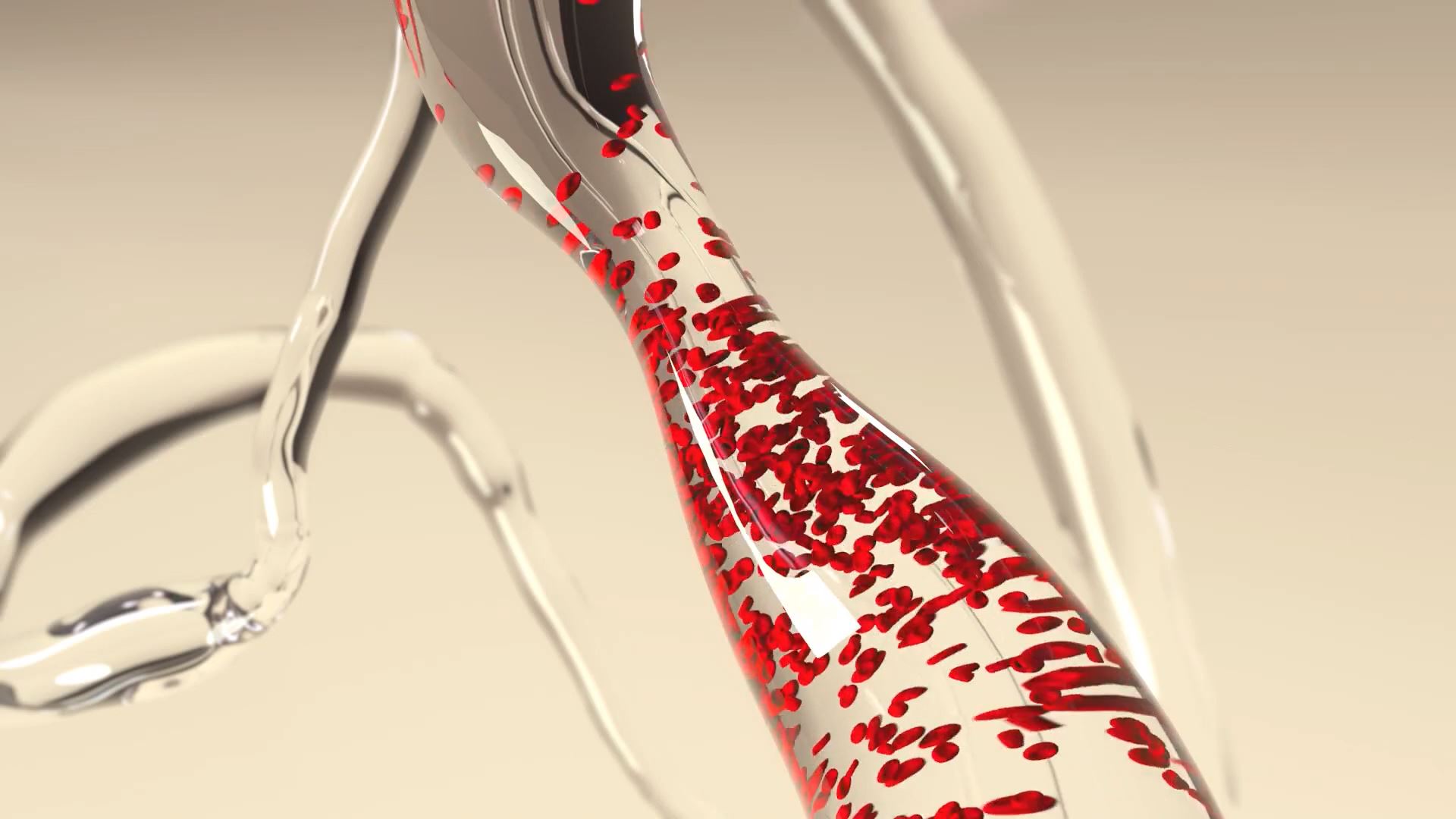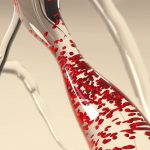John McGhee, Steven Faux, Graeme Houston: Flow
Artist(s):
Title:
- Flow
Exhibition:
- DAC Online Exhibition 2016: Science of the Unseen: Digital Art Perspectives
-
More artworks from DAC Online Exhibition 2016:


Creation Year:
- 2016
Size:
- 3:05 min.
Category:
Artist Statement:
Stroke survivors directly link stroke education with their ability to access appropriate treatments and reduce their risk of future strokes. However, with such a diverse population a universal mode of delivering education must be sought. This work places the artist at the heart of educating patients and carers about their disease by developing a technical process of delivering 3D computed tomography (CT) patient stroke data on the Virtual Reality (VR) platform. VR has already been proven as an efficacious rehabilitation tool for this population but its use in education has not yet been established. This work is being piloted in a new collaboration between the Art & Design Faculty at the University of New South Wales, Australia and the Stroke Rehabilitation Service at St Vincent’s Hospital in Sydney. Importantly, this paper places the artist’s at the centre of the process – from developing the concept, to prototyping and creating the final visual aesthetic.
Elliot Mishler cautions against the ‘unremarkable interview’ and the ‘voice of medicine’ that so oftenprevail in the consultation room. The purpose of this collaborative work is to allow stroke patients to see their own visualised clinical data, with the guidance of the clinical professional, on a HD screen and immersive VR platforms. It reunites the patient with their personal recovery story.
This complements what Foucault terms the ‘medical gaze’ where medical imaging separates our body from the individual. Contemporary medical imaging modalities such as CT and Magnetic Resonance Imaging (MRI) allow greater reductive understanding but sever the link to the person. The intention of this work is to generate arts-led 3D computer visualisations from CT and MRI data. The aim of project is to reconnect this of body and mind through alternative aesthetic.
Technical Information:
Media Used: 3D CGI – Osirix, Maya and Nuke






